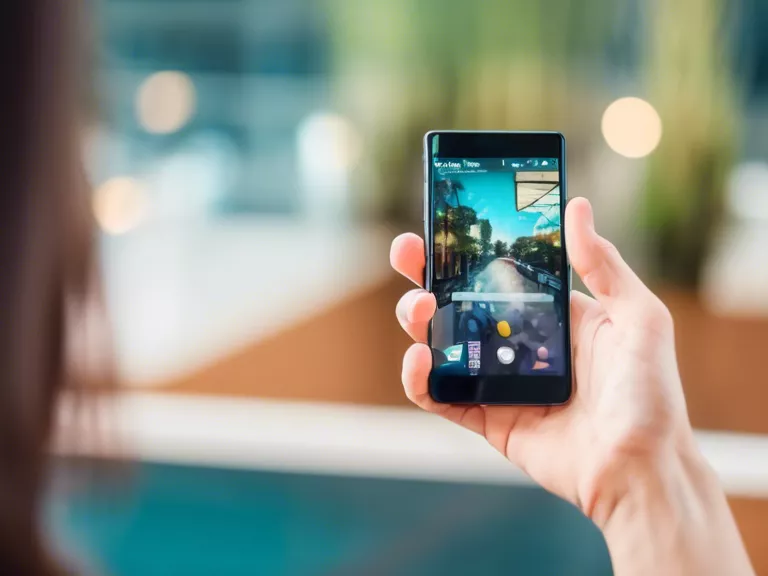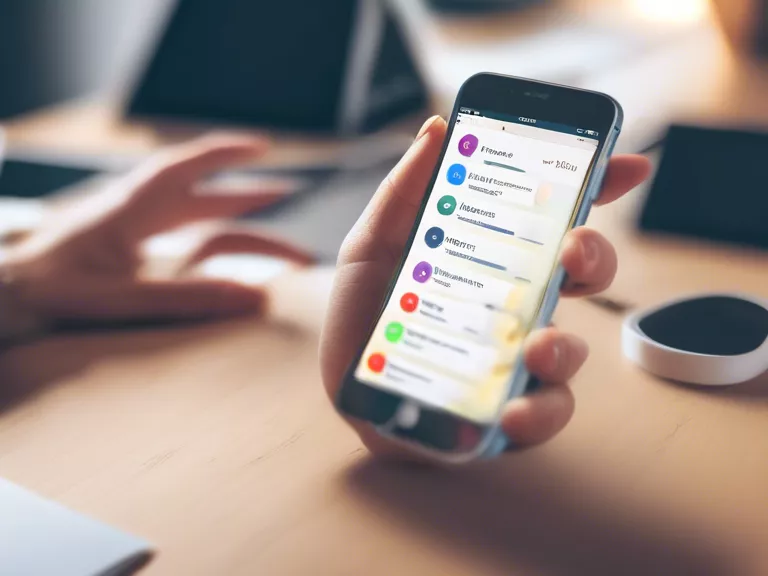
Tips for creating a minimalist home screen layout for efficiency
In today's fast-paced world, it's important to create a home screen layout that is not only visually appealing but also functional and efficient. A minimalist home screen can help you stay focused, organized, and productive throughout the day. Here are some tips to create a minimalist home screen layout for efficiency:
Limit the number of apps: Only keep essential apps on your home screen. Remove any apps that you rarely use or that are not necessary for your daily tasks. This will reduce clutter and make it easier to find the apps you need quickly.
Organize apps by category: Group similar apps together in folders to make it easier to locate them. For example, you can create folders for social media, productivity tools, entertainment, etc. This will reduce the number of app icons on your home screen and make it look more organized.
Use widgets sparingly: Widgets can be useful for getting quick information at a glance, but too many widgets can clutter your home screen. Only keep widgets that are essential for your daily routine, such as a calendar widget, weather widget, or a to-do list widget.
Choose a minimalist wallpaper: Use a simple, minimalist wallpaper for your home screen to create a clean and uncluttered look. Avoid busy or distracting wallpapers that can make it harder to focus on your apps.
Keep only important notifications: Limit the number of notifications that appear on your home screen. Disable notifications for apps that are not essential and only allow notifications for important tasks or messages. This will help reduce distractions and keep your home screen clutter-free.
By following these tips, you can create a minimalist home screen layout that is both efficient and visually pleasing. A clutter-free home screen will make it easier to stay organized, focused, and productive throughout the day.



